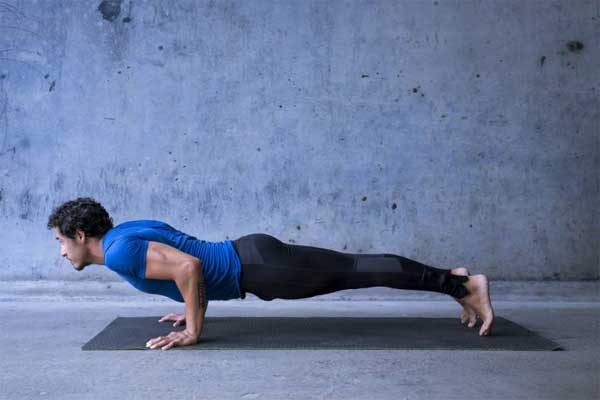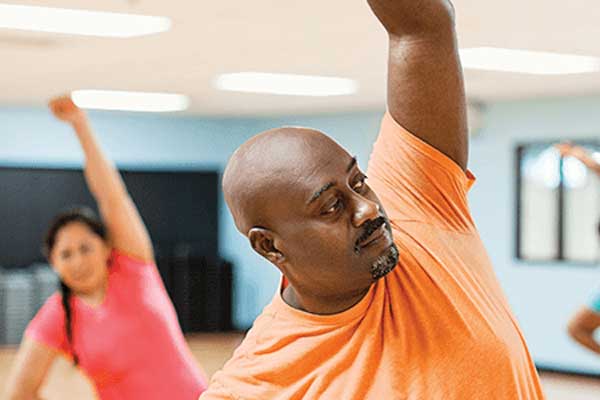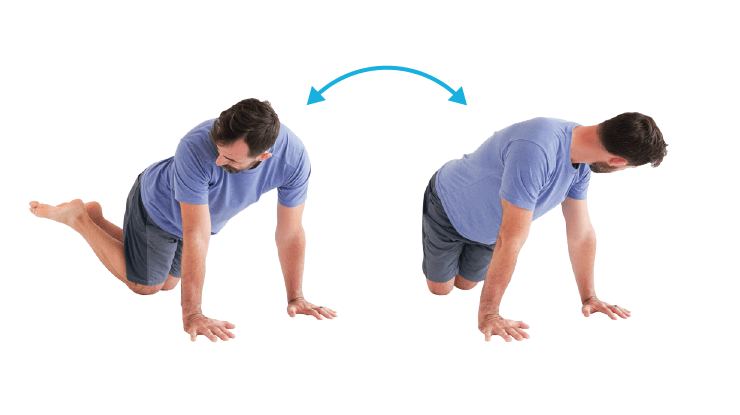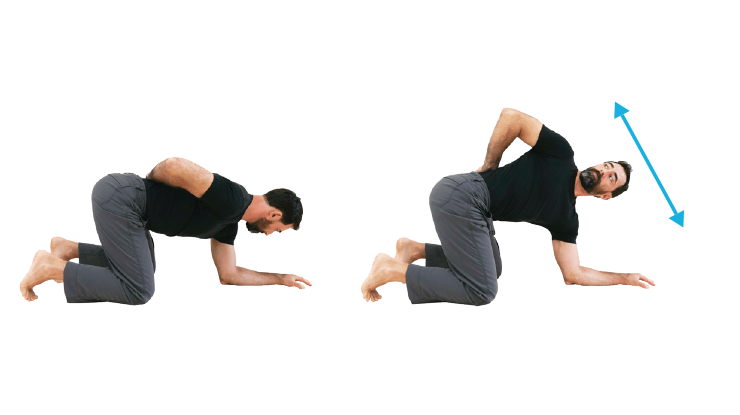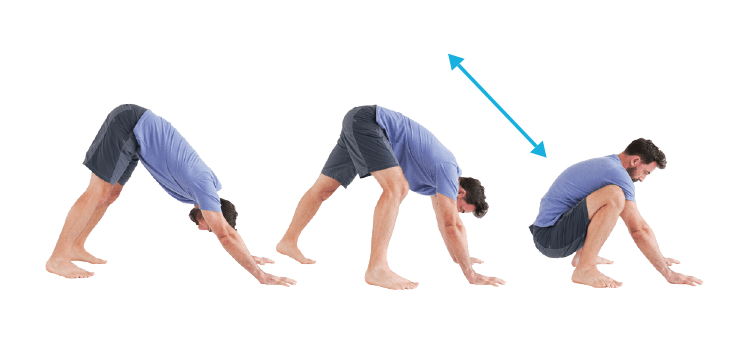Types of flexibility for beginner, intermediate and advanced levels
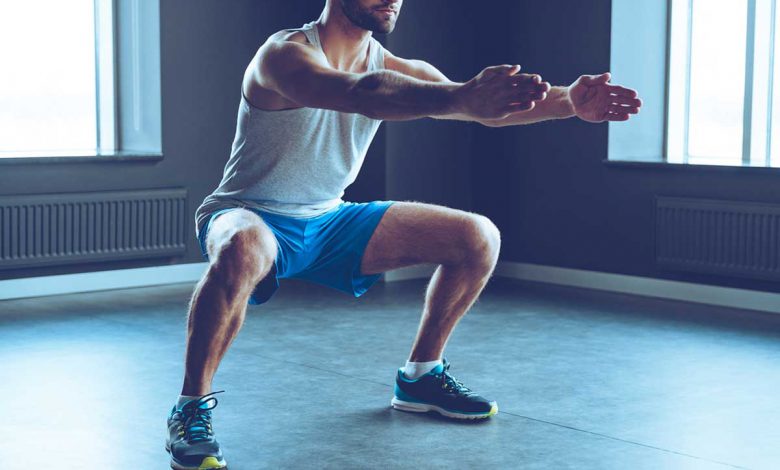
Types of flexibility for beginner, intermediate and advanced levels
Now we are talking about the need for proper fitness exercises and you may ask, what kind of exercise should I do? As always, we are here to help you reach your fitness goals. The following is a list of different types of fitness exercises and their benefits:
Cardio exercises (aerobic and anaerobic)
Cardio is probably the most popular type of exercise. Cardio is also one of the training areas that includes a lot of variety such as walking, running, cycling, cross-country skiing, swimming, dancing and so on. Basically, anything that raises your heart rate to a level higher than your resting heart rate is cardio.
Steady state (aerobic)
This type of cardio refers to the speed of your workout and can include any level of intensity. As the name implies, the ultimate goal is to maintain a constant speed and intensity throughout the workout.
Low and medium intensity (aerobic)
Low-intensity exercise can be measured as fitness exercises that keep your heart rate below 50% of the MHR (maximum heart rate). An ordinary walk or bike ride is such a cardio. Moderate-intensity exercise increases your heart rate by 50 to 70 percent MHR. Activities such as running, walking, cycling, swimming, etc. should keep you in the range of moderate intensity sports.
With high intensity and distances (anaerobic)
We have now entered a high-intensity area. This is where you can expect to work very hard and keep your heart rate above 70% MHR. High-intensity training includes two speeds, some forms of resistance training, and high-intensity intermittent training.
This sport style is beyond a simple exercise. Intervals are often divided into work-to-rest intervals; high-intensity exercises such as sprinting or rope make up work intervals, while lower-intensity movements such as walking can be a short break.
Benefits of Cardio
- Improves heart, respiratory and lung health.
- Lowers blood pressure.
- Reduce the risk of stroke, heart disease and eventually heart attack.
- Increases blood circulation.
- Reduces the risk of diabetes.
Weight training (resistance exercise)
Undoubtedly, fitness exercises along with strength training are incomplete. A common misconception is that weight training leads to a result called hypertrophy. But in fact, there are many goals that can be achieved through resistance training with weights. These goals are as follows:
- Hypertrophy: Muscle enlargement by increasing the size of cells in muscle fiber
- Muscular endurance: The ability of muscles to apply tension over a long period of time
- Muscle strength: The amount of force that a muscle exerts at a maximum
- Cardio Exercises: Using weights or resistance to operate aerobic energy systems
You can also do cardio with weight training. By the time you get your heart rate higher than your resting heart rate, you are actually putting a cardio element into your workout.
Benefits with weights
- Increases muscle mass, endurance and strength.
- Boosts your metabolism by increasing muscle mass and burning fat.
- Due to the risk of osteoporosis, it increases bone density (especially as women get older).
- Strengthens joints and thus reduces muscle imbalance problems.
Flexibility for fitness without a device
Exercises that facilitate flexibility and mobility, such as stretching, are often overlooked because they require little effort at first glance. Ignoring this type of exercise from your regular routine will actually hurt you because lack of exercise can limit your range of motion, lower your fitness goals, and in the worst case can lead to injury. Here are some styles of exercises without a device:
Stretching movements
Each traction can be static or dynamic and inactive or active. Dynamic and active stretches are more useful for improving the functional movements used in daily life and exercise. We distinguish between the following:
- Static stretching: Isometric (development of muscle tension without muscle contraction), you hold a challenging position for at least 20 to 30 seconds.
- Dynamic traction: A traction that is performed repeatedly by moving in a challenging but comfortable range of motion.
- Passive traction: External assistance is used for traction. Stretching is a technique in which you rest in a stretching position, while an external force (someone or something) intensifies the stretching.
- Active Traction: Exercises movement, so relax the muscle you want to relax and lean on the opposite muscle to begin stretching.
- Ballistic traction: Uncontrolled, irregular and passionate. This flexion can be a kind of passive traction or a dynamic traction in a fast and jumping movement that forces the limb to a wide range of motion.
- Neuromuscular facilitation of deep sensation: A stretching contraction technique that is repeated 10 to 12 times, and research suggests that it may be the most effective stretching technique to increase range of motion.
yoga
These days, yoga is considered as a fitness exercise that is divided into a wide range of movements such as Ashtanga, Aingar, Hot Yoga, Vinyasa Stream, Kundalini and several others. The common denominator of all these exercises is the integration of body and breath through stretching, isometric weight training and moving meditation. Regular exercise helps move the joints, stretch the ligaments and strengthen the muscles; in short, yoga keeps your body soft and flexible.
Pilates
Developed by Joseph Pilates, this exercise involves controlled movements that emphasize alignment, breathing, and building the core of the body, which are taught by Pilates instructors. Over time, Pilates not only increases flexibility but also helps to improve overall coordination, balance and stability.
Benefits of stretching exercises
- Increases range of motion.
- Combines physical and mental stress (like yoga)
- Supports musculoskeletal health of the spine.
- Improves mobility.
- Reduces the risk of injury from other hard workouts and movements.
A number of fitness exercises
last word
It is now important to include different types of fitness exercises. You may be interested in how this affects your overall health and fitness. Exercising can help motivate and keep you physically active at any stage of life. Team sports such as hockey, basketball and football, high-intensity training and even simple exercises can help your overall fitness. Use the items covered in this article for your exercise routine.

